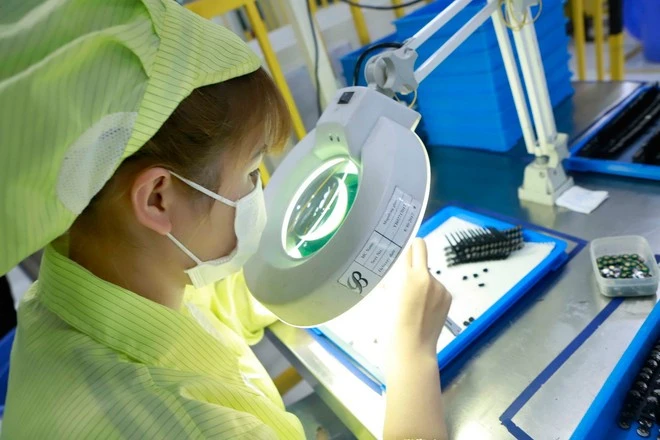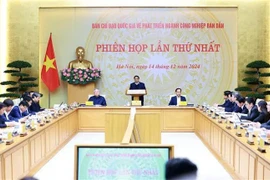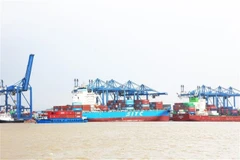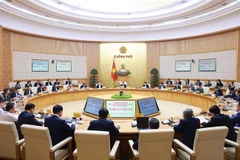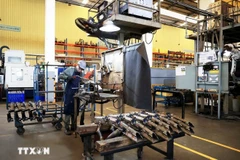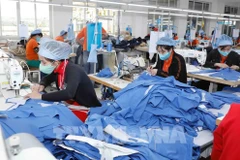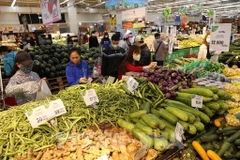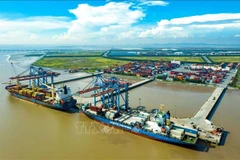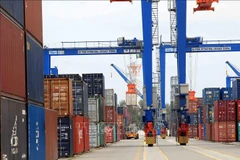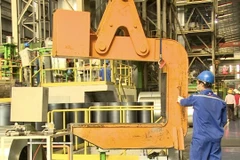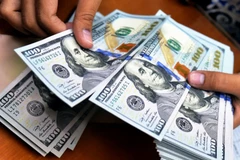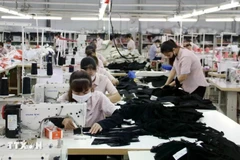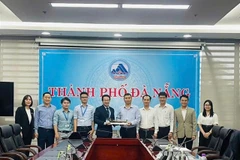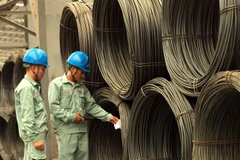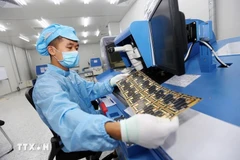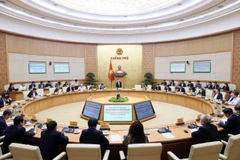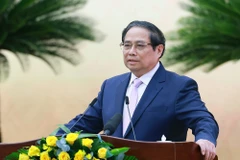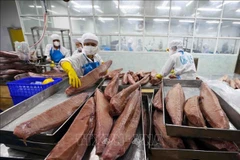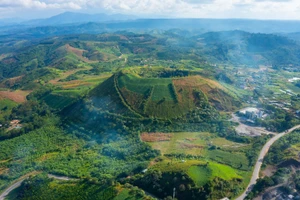Hanoi (VNA) - Leading global technology corporations are making strategic moves to shift supply chains, establish research centres, and expand investments in Vietnam, presenting a tremendous opportunity for the country to strengthen its semiconductor industry by adopting the strategy of "standing on the shoulders of giants."
Nguyen Chi Dung, Minister of Planning and Investment, revealed that Vietnam is home to 174 foreign-invested projects in the semiconductor sector, with a total registered capital of nearly 11.6 billion USD.
The Ministry has actively engaged with tech giants such as Qualcomm, Google, Meta, LAM Research, Qorvo, and AlChip, with detailed plans underway to relocate supply chains to Vietnam, establish research and development (R&D) centres, and expand manufacturing operations.
A recent highlight is the landmark cooperation agreement between the Vietnamese government and US tech giant NVIDIA, which has drawn significant global attention. Minister Dung described this partnership as a "critical push" for Vietnam’s technological advancement, paving the way for further high-tech investments, particularly in artificial intelligence (AI) and semiconductors.
Associate Professor Nguyen Thuong Lang from the Institute of Trade and International Economics at the National Economics University noted Vietnam’s global standing has improved and now major corporations view Vietnam as a destination for high technology, semiconductors and AI.
Lang highlighted that new FDI inflows from mainland China, Hong Kong and Taiwan (China), and Singapore accounted for over 60% of Vietnam’s total FDI in 2024. Vietnam’s participation in numerous free trade agreements has been a key catalyst, enabling global manufacturers from Taiwan and Hong Kong to use the country as an efficient base for production and exports to the US and Europe.
Vietnam has become a critical 'outpost' for expanding and shifting FDI, Lang said, adding that the semiconductor industry shows promising signs of growth in the near future. However, he cautioned that Vietnam must address persistent challenges, such as logistical delays and high costs, to maximise the potential of these investments.
At the Vietnam Logistics Forum 2024, Yap Kwong Weng, CEO of Vietnam SuperPort, emphasised ASEAN’s emergence as a manufacturing hub with rising FDI inflows. Vietnam’s strategic location in Southeast Asia, its proximity to China, and an extensive coastline make it an attractive logistics hub. However, the lack of well-connected logistics centres near major ports and airports remains a significant limitation. Therefore, the development of multimodal transport corridors to support sustained growth is needed, Yap said.
Pham Sy Thanh, Director of the Vietnam Centre for Economics and Policy Research (VEPR)’s China Economic Research Programme (VCES), held that the semiconductor industry is dominated by a few companies controlling over 85% of the market. The US and Europe lead in intellectual property and chip design, while the US and Japan dominate the supply of essential chemicals and materials.
Vietnam’s burgeoning semiconductor sector benefits from favourable polices from global semiconductor leaders, particularly the US.
This is a pivotal moment for Vietnam to seize the opportunity, Thanh said./.
